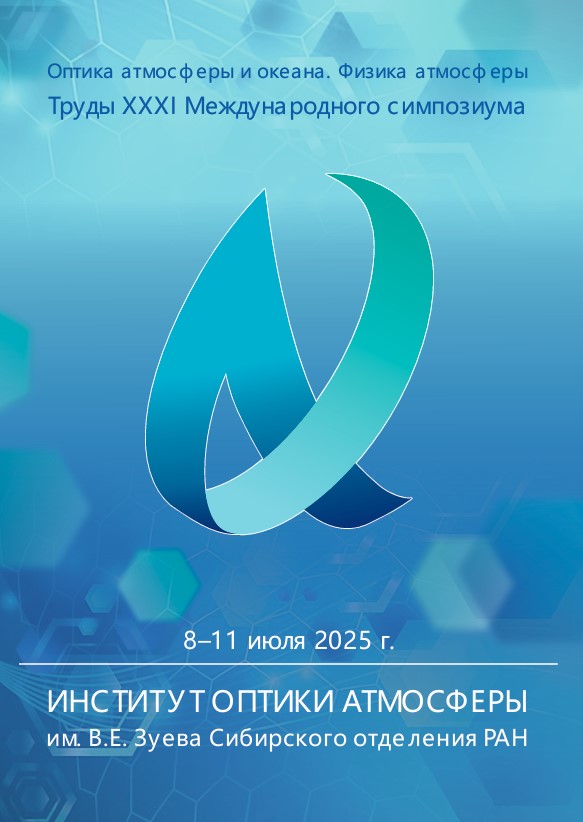UDC 535.8
CSCSTI 29.31
Russian Classification of Professions by Education 03.03.02
Russian Library and Bibliographic Classification 223
Russian Trade and Bibliographic Classification 613
BISAC SCI042000 Earth Sciences / Meteorology & Climatology
Solar-induced fluorescence is a promising indicator of plant photosynthetic activity for monitoring ecosystem productivity on a global scale. In this work, photosynthetic activity of different ecosystem types in the south of Western Siberia was assessed using TROPOMI data for the period 2018–2024. The relationships between solar-induced fluorescence and key temperature and humidity parameters of the environment, as well as vegetation indices, were investigated. Additionally, relationships among these parameters themselves were analyzed. The analysis was performed both for the whole target region and for individual administrative units.
solar-induced fluorescence, photosynthetic activity, satellite data
1. Frankenberg C., Berry J. Solar-induced chlorophyll fluorescence: Origins, relation to photosynthesis and retrieval // Comprehensive Remote Sensing. 2018. P. 143–162.
2. Li X, Xiao J, He B. et al. Solar-induced chlorophyll fluorescence is strongly correlated with terrestrial photosynthesis for a wide variety of biomes: First global analysis based on OCO-2 and flux tower observations // Glob. Chang. Biol. 2018. V. 24(9). P. 3990–4008.
3. Guanter L., Bacour C., et al. The TROPOSIF global sun-induced fluorescence dataset from the Sentinel-5P TROPOMI mission // Earth Syst. Sci. Data. 2021. V. 13. P. 5423–5440.





